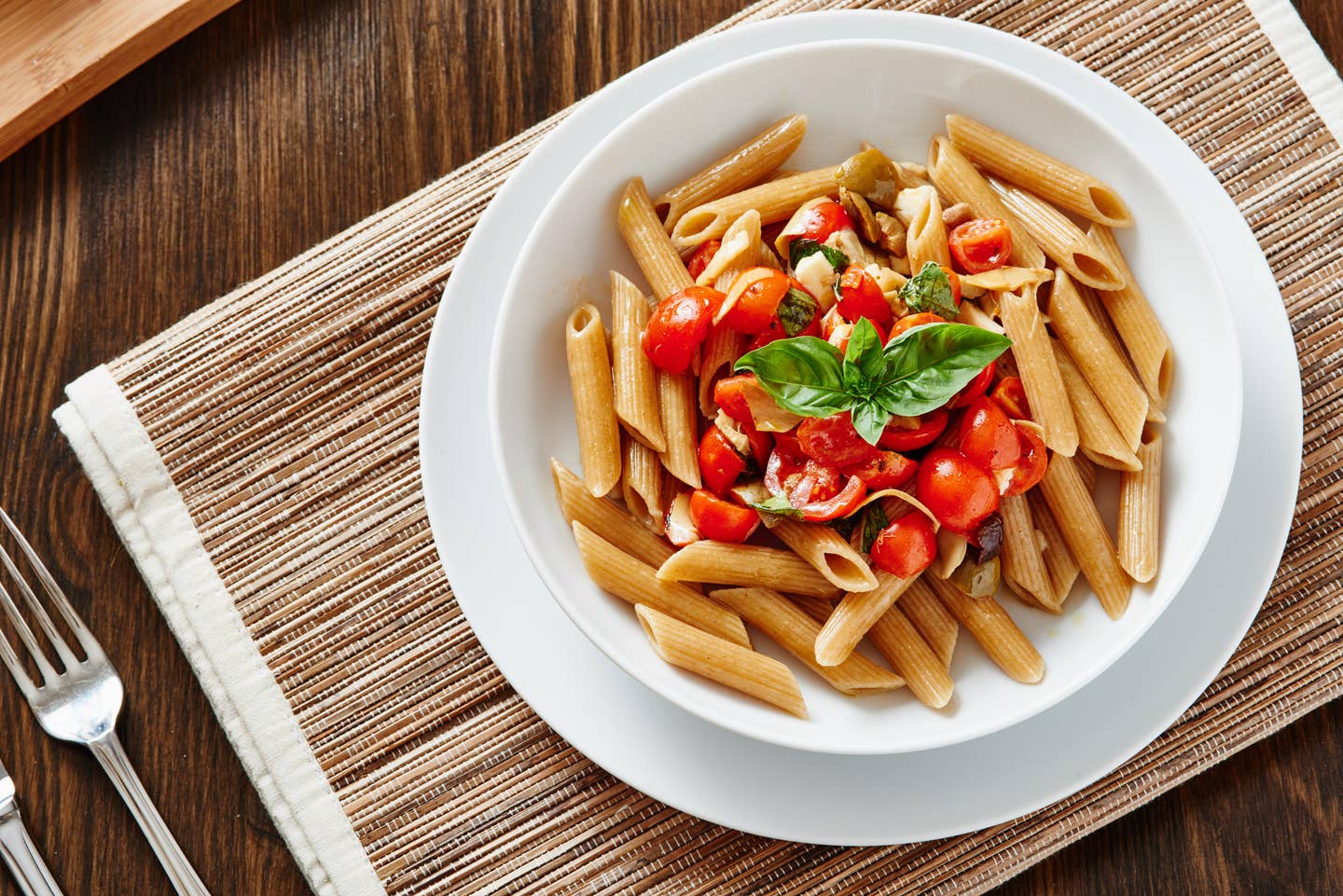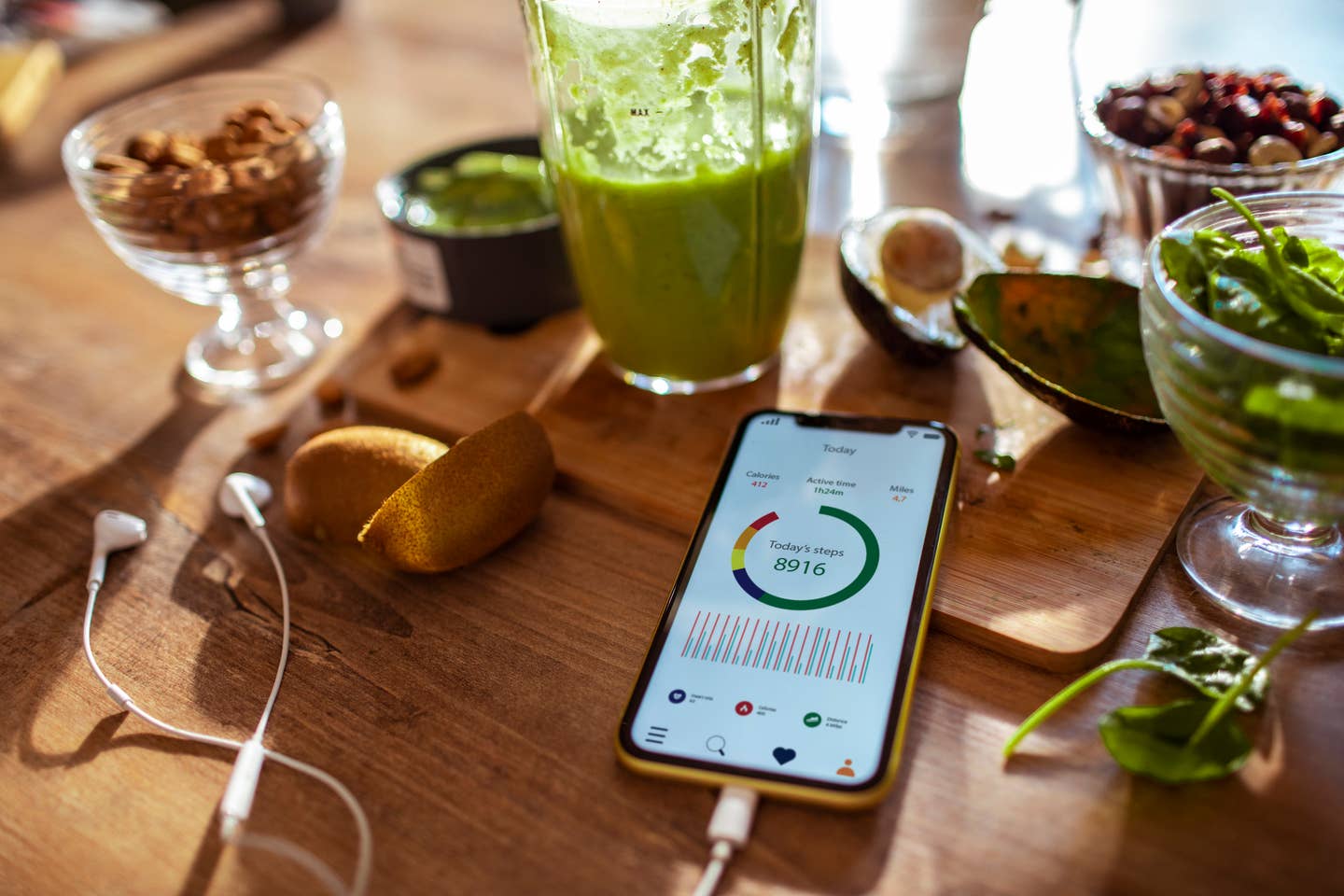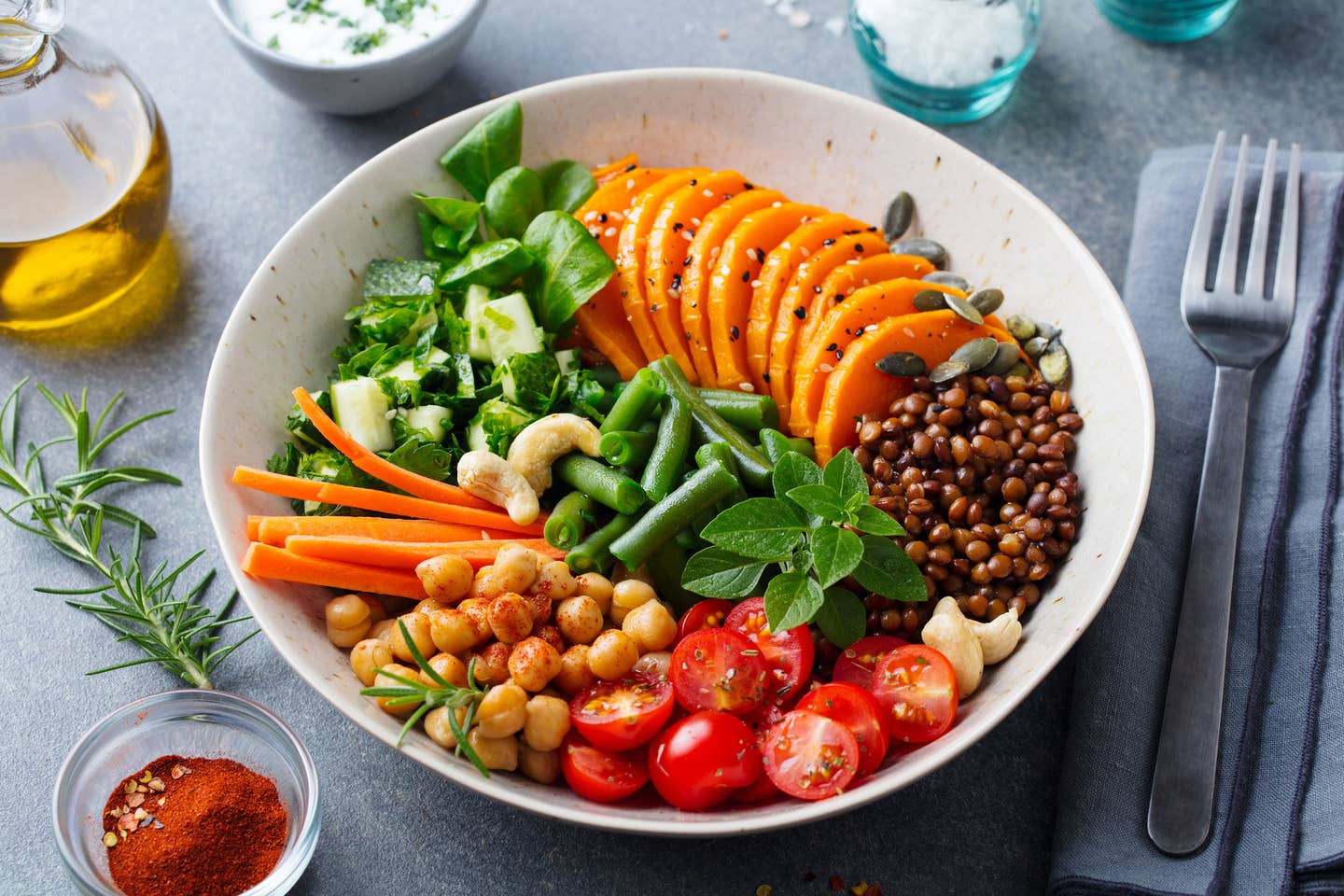
The 12 Healthiest Carbs for Weight Loss (This List Will Surprise You)
You know by now that low-carb diets work for short-term weight loss, but most people can't stay on them, nor would you want to. Keto was one of the most searched diet terms of 2020 but since then, keto has fallen out of favor, as doctors and dieters alike have abandoned the low-carb approach as both unhealthy and unsustainable. It's virtually impossible to limit your carb calories to 5 to 10 percent of your daily intake. And when you start eating normally again, including carbs, the weight comes back.
The good news is that there are some carbs that support a healthy approach to losing weight, and studies show that these foods actually promote fat burning in the body while providing your immune system with all the vital nutrients it needs to fight off infection. Consider that many whole grains are high in important B vitamins, minerals, and fiber.
Research has shown that eating a low carb diet can shorten your life by four years, while a diet high in plant-based foods such as fruit and vegetables will lower your risk of death by cardiovascular disease and all other causes by 50 percent, a new study found. Still, not all carbs are created equal, so the type of carbohydrates you eat can make a difference when it comes to weight loss and overall health. That’s why we’ve compiled a list of 12 healthy carbs that you can eat and still lose weight.
Resistant starch, such as in bananas, helps burn fat and absorb fewer calories
When youo eat carbs that contain high levels of "resistant starch" it allows the body to absorb the nutrients and less of the calories. That is because resistant starch cannot be digested in the small intestine and instead get metabolized by the bacteria in your colon, which breaks down the start through fermentation.
A study on lab animals showed that a diet high in resistant starch reduced body weight by 40 percent. The diet contained 23 percent resistant starch, an amount that may not be achievable in human diets, but another study fed rats a diet containing 4 or, 8, or 16 percent resistant starch and found that consuming a diet with 8 percent or more of resistant starch reduced body fat measurably. For every 4 percent increase in resistant starch, energy intake was reduced, so it actually blocked some of the calories from being absorbed. The effect of resistant starch still needs to be studied on humans, but until then, don't shy away from bananas.
Here are the 12 best carbs to eat for weight loss
1. Wild Rice
Believe it or not, wild rice isn’t actually rice. It’s a water-grown grass seed that is commonly found in freshwater areas, such as the Great Lakes region. It’s referred to as rice because it looks similar and cooks the same as other types of rice. Choosing wild rice over white rice could provide you more protein, which is an important macronutrient to focus on when losing weight. Wild rice contains 6.5 grams of protein for each cup serving where white rice has just under 4.5 grams.
2. Bananas
Gone is the time when you thought you couldn’t eat a whole banana if you wanted to lose weight. Although bananas are more starchy and carb-rich than other fruits, they contain fiber, which is helpful in keeping you full longer. Along with the resistant starch research above, another study found that replacing 5 percent of your daily carbohydrates with resistant starch (like bananas) appears to increase post-meal fat burn by 23 percent. This could result in loss of fat and getting leaner over time. For best results don't cook the banana since that breaks down the resistant starch.
3. Cherries
Tart cherries have been linked with lower belly fat in a study on rats that has everyone reaching for the stemmed wonders. This study also found that cherries have the power to not only burn fat but alter the genetic makeup of your "adipose genes" as well as lower inflammation. The cherry diet also reduced metabolic syndrome and lowered both systemic and local inflammation, leading to lower risk of type 2 diabetes, heart disease and infection. While this all took place in obesity-prone rats fed a high-fat diet we can only imagine that pounding the cherries can have a good effect on us too.
4. Cassava
A carb you may not be as familiar with is cassava, which is a root vegetable grown in tropical regions and frequently consumed in underdeveloped countries. In the US cassava is also known as yuca, manioc, or Brazilian arrowroot. Similar to bananas, cassava is high in resistant starch and can contribute to improved metabolic health, meaning the fat-burning benefits cited above, and reduced appetite according to research.
5. Buckwheat
Referred to as a “pseudocereal,” buckwheat is eaten as cereal grains but they do not grow on grasses. Although it has “wheat” in its name, it isn’t related to wheat and is actually the perfect grain for anyone who can’t eat gluten. Not only does buckwheat contain carbohydrates, but it’s a great source of fiber and protein, which are two nutrients that are important for weight management. One cup of cooked buckwheat groats (the hulled seeds of buckwheat) contains 4.5 grams of fiber and almost 6 grams of protein.
6. Pumpkin
Don’t wait until fall to add pumpkin to your diet. It’s a type of squash that is nutrient-packed, but very low in calories since it’s 94 percent water. Compared to other carbohydrate-rich foods like rice and potatoes, pumpkin contains only about 30 calories per 1 cup of 1-inch cubes. That means you can eat more and get all the nutritious benefits it provides as well.
7. Pulses (Lentils, Chickpeas, Beans and Peas)
There are 11 different types of pulses recognized by the United Nations Food and Agriculture Organization (FAO). The most common ones include dry beans, dry peas, chickpeas, and lentils. They all come from the legume family and are the edible seeds in plants that are part of that group. When it comes to weight loss, a 2016 systematic review and meta-analysis found that eating three-quarters of a cup of pulses each day led to a weight loss of over half a pound, without changing anything else. This is likely due to their high fiber and protein content that can help increase feelings of fullness.
8. Quinoa
Another pseudocereal is quinoa, which contains high amounts of protein and fiber which can keep your hunger pangs at bay. The fiber content of quinoa is almost double that of other grains, with scholarly reports finding a range of 10 to 16 grams of fiber per 100 grams in 4 different varieties of quinoa. This is a perfect option for those that are plant-based or vegan since quinoa is a complete protein with all 9 essential amino acids.
9. Sweet Potatoes
Stocking up on sweet potatoes not only boosts your fiber and protein intake, it also provides your immune system with valuable antioxidants such as carotenoids and anthocyanins. Antioxidants can help prevent inflammation, which has been linked with higher weight gain. A 2019 randomized controlled trial found that those that had 132 grams of sweet potato (around 4.5 ounces) each day for 8 weeks had a 5% decrease in body weight, body fat, body mass index, and mid-arm circumference along with a 3.5% decrease in glycated hemoglobin levels (the amount of sugar in the blood). This was compared to other individuals who followed a normal diet.
10. Oats
Skip the ready-to-eat cereal and start your morning off with a bowl of old-fashioned oatmeal. A 2016 study found that oatmeal was able to increase fullness, reduce hunger, and reduce energy intake later in the day compared to breakfast cereal. There are several different varieties that you can choose from when it comes to oats, but the least processed (such as groats and steel-cut) usually take longer to digest and have a lower glycemic index (meaning how fast it raises your blood sugar). So cook it the old-fashioned way, for best results.
11. Berries
Strawberries, blueberries, raspberries, and all the colorful berries you can find in your produce section are packed with fiber and flavonoids, which give these fruits their pigmentation. Flavonoids have been linked with weight loss. A 2016 study found that adults with a diet high in flavonoids were less likely to gain weight during a 24-year study, so eating berries will stave off the "weight creep" that can come with age. Another 2018 study also found that blackberry consumption may help to increase fat oxidation in males who are overweight or obese and eat a high-fat diet.
12 Whole-Wheat Pasta or Bread
You can still enjoy pasta and bread while wanting to lose weight, as long as it is made of whole grains to amp up the fiber content. A 2016 pilot study found that participants eating whole grain pasta had increased feelings of fullness and reduced hunger. Not only that but whole grain pasta impacts how much energy your cells update after a meal, meaning eating whole wheat pasta won't spike your blood sugar the way regular pasta does. The findings implied that whole-wheat grain can boost your metabolic rate and increase energy expenditure.
More From The Beet






